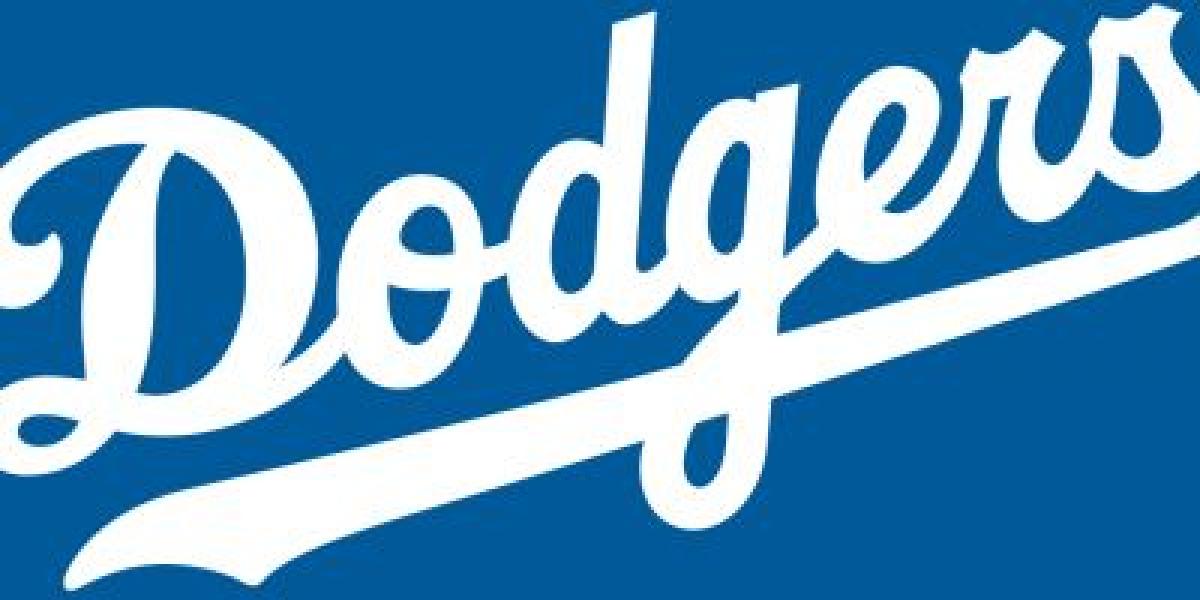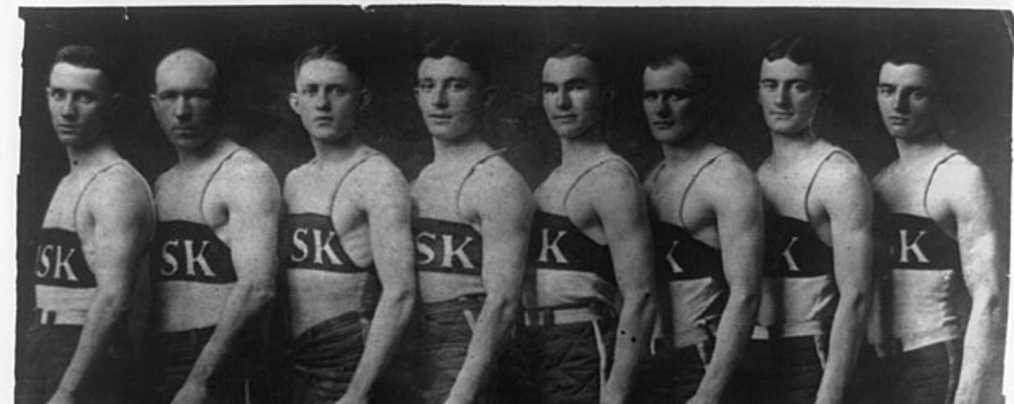Were you aware that this was not the first name of the Brooklyn ballclub? In 1883, according to legend and archives, they were launched as the Brooklyn Atlantics, which they adopted from an earlier ballclub that failed to survive. The franchise pointed to the 1884 season when the nine of the Borough took the field as the Brooklyn Grays because of the color of their uniforms, a gray button-down with the word Brooklyn stitched vertically down the center. It was common practice back in the day to adopt the name of your team colors.
The MLB then states that the name was changed in 1888 again to the Brooklyn Bridegrooms after eight roster members married that season. A post on the LA Dodger Talk website blog says that the Bridegroom's playing shirts were photographed with collars on them and laced up the front ending in what looks like a string tie. 1891, it morphed again into the Ward's Wonders soon after John Montgomery Ward took over as the club's managing partner. With the management change in 1893, the team had folks calling them the Foutz's Fillies, named after Dave Foutz's tenure managing the Brooklyn Nine.
Still then, a few seasons later in the 20th-Century, the team garnered the moniker of the Brooklyn Superbas. This had an interesting connection. Ned Hanlon took over as the team's field manager. A famous vaudeville act was touring named "Superba," and the Hanlon Brothers produced it. Ned Hanlon was not known to be related to the brothers or their stage production other than in name association only. Well, it stuck in the press and with fans everywhere, and the team name was famous as the Superbas for a few years, even though on the books, they were officially still the Dodgers. In 1910, the team sported a solid-colored uni with a vertical button cover flap overlay with the word Brooklyn neatly sewn.
The sixteen-year run of Wilbert Robinson as club manager that started in 1915 led to the secondary nickname of the Brooklyn Robins. In years after that, the fans of the Dodgers endeared a series of names like "the Flock," the "Bums," and "Dem Bums." These came about from some cartoon images produced by famed artist William Mullin. Of course, if someone outside of the Brooklyn Fandon circle would call the bums, it was fighting words, but inhouse, it showed the love and support of their followers. In 1916, the uniform shirts of these teams often were solid gray or a grid of pinstripes or plaid design with a large "B" on the left chest area. During WWI, the B was replaced with a patriotic and appropriate American flag supporting the troops overseas. The name "Dodgers" was first sewn on the players' uniforms in 1933, and the famous Brooklyn "B" was moved to the right sleeve. Many times for road games in the coming years, the word "Brooklyn" replaced the "Dodgers" name on the front chest of players.
As for the color of "Dodger Blue," that is an interesting story all its own.
The reference is not to the particular color the team wore, as many may believe. No, the term came to be a few decades ago when former Brooklyn player and LA manager Tommy Lasorda claimed that he bled Dodger blue. In 1989, an azure shade was added to the official color database, and it is this Dodger Blue that is plastered all over Dodger Stadium, incorporated into the team gear and on team memorabilia and fanfare.





